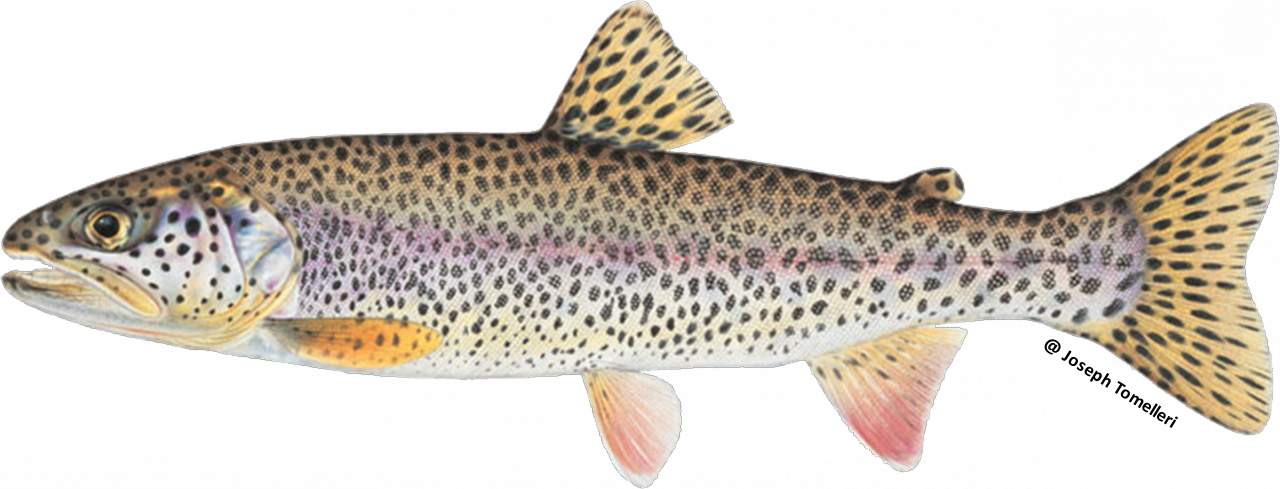Our mission is to protect and revitalize anadromous fish populations in California by restoring connectivity of freshwater habitats throughout their historic range.
The California Fish Passage Forum is a collaborative entity formed among state, local, and federal agencies, fisheries conservation groups, researchers, restoration contractors, and other interested parties to explore and develop an effective methodology, and plan to restore and recover anadromous fish populations by improving fish passage at man-made barriers. The Forum’s primary goal is to restore the connectivity of freshwater habitats throughout the historic range of anadromous fish. This goal is to be achieved through seven objectives including barrier remediation, collaborative work among Forum signatories and partners: funding, permitting, monitoring, policy, education and outreach and science-based applications of fish passage principles.
Organizations are represented by one designated member and optional additional alternate members. We thank our membership organizations and our members who make the Forum’s work possible.
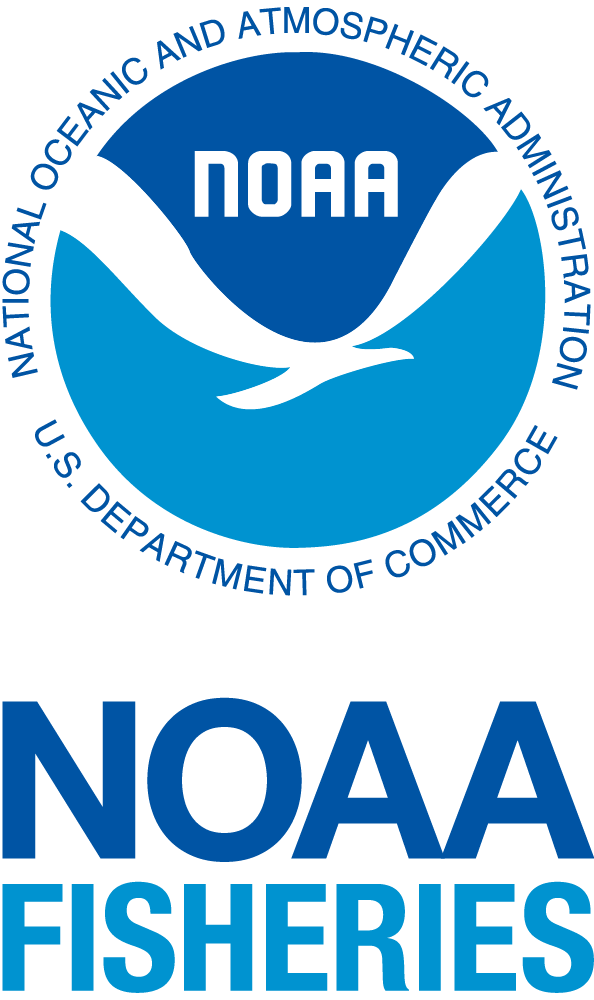
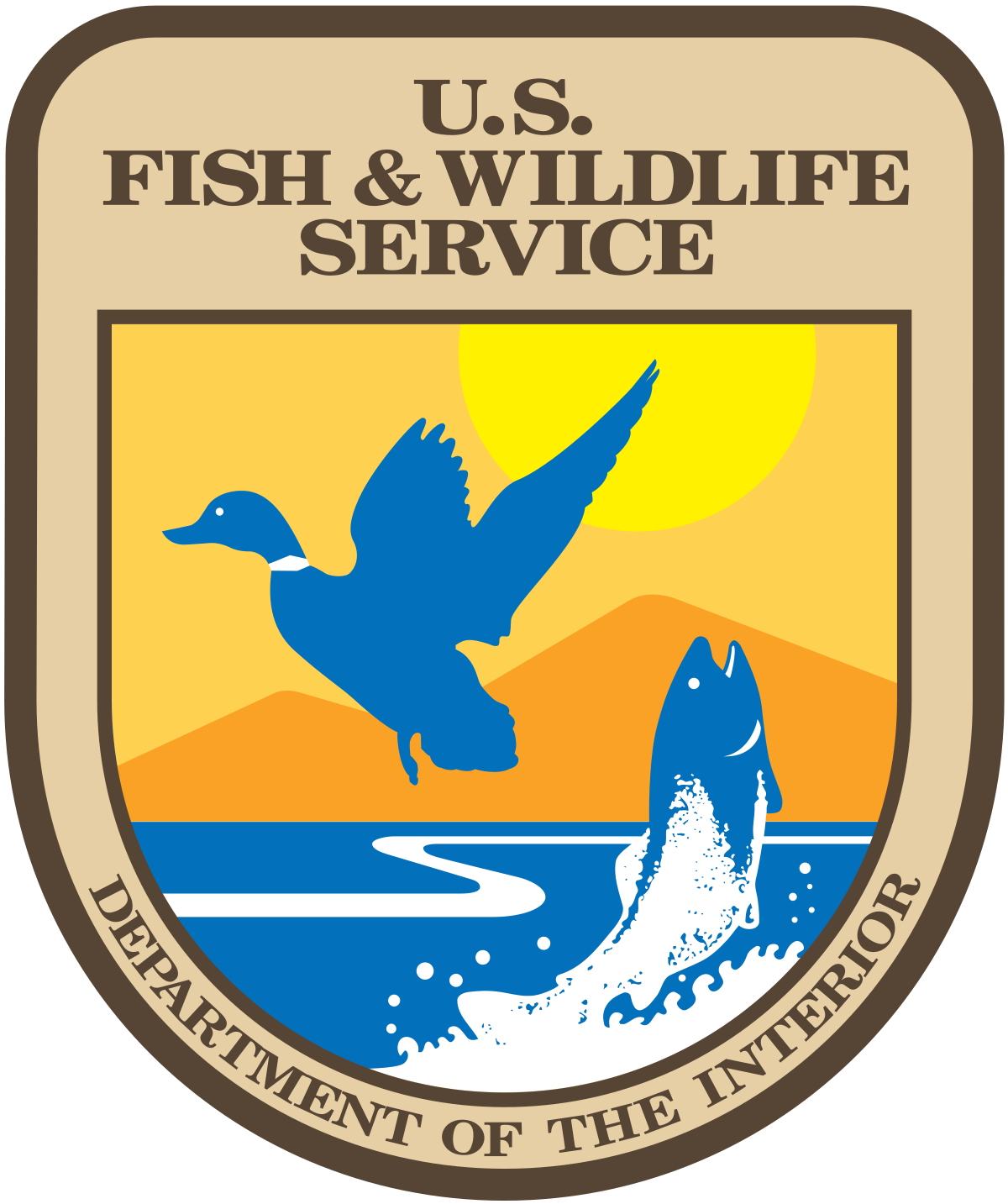
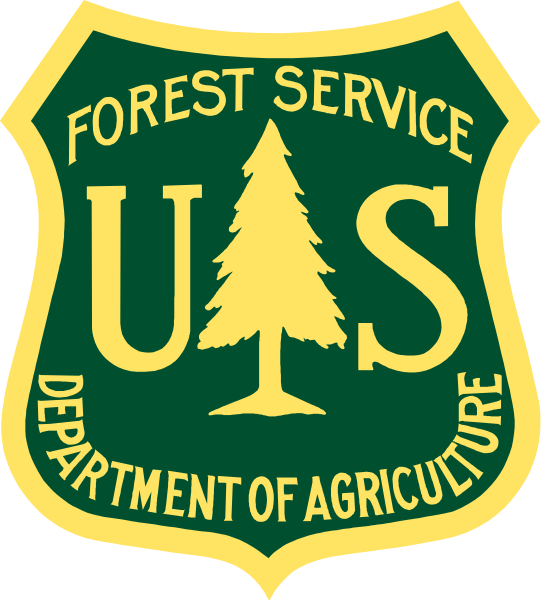
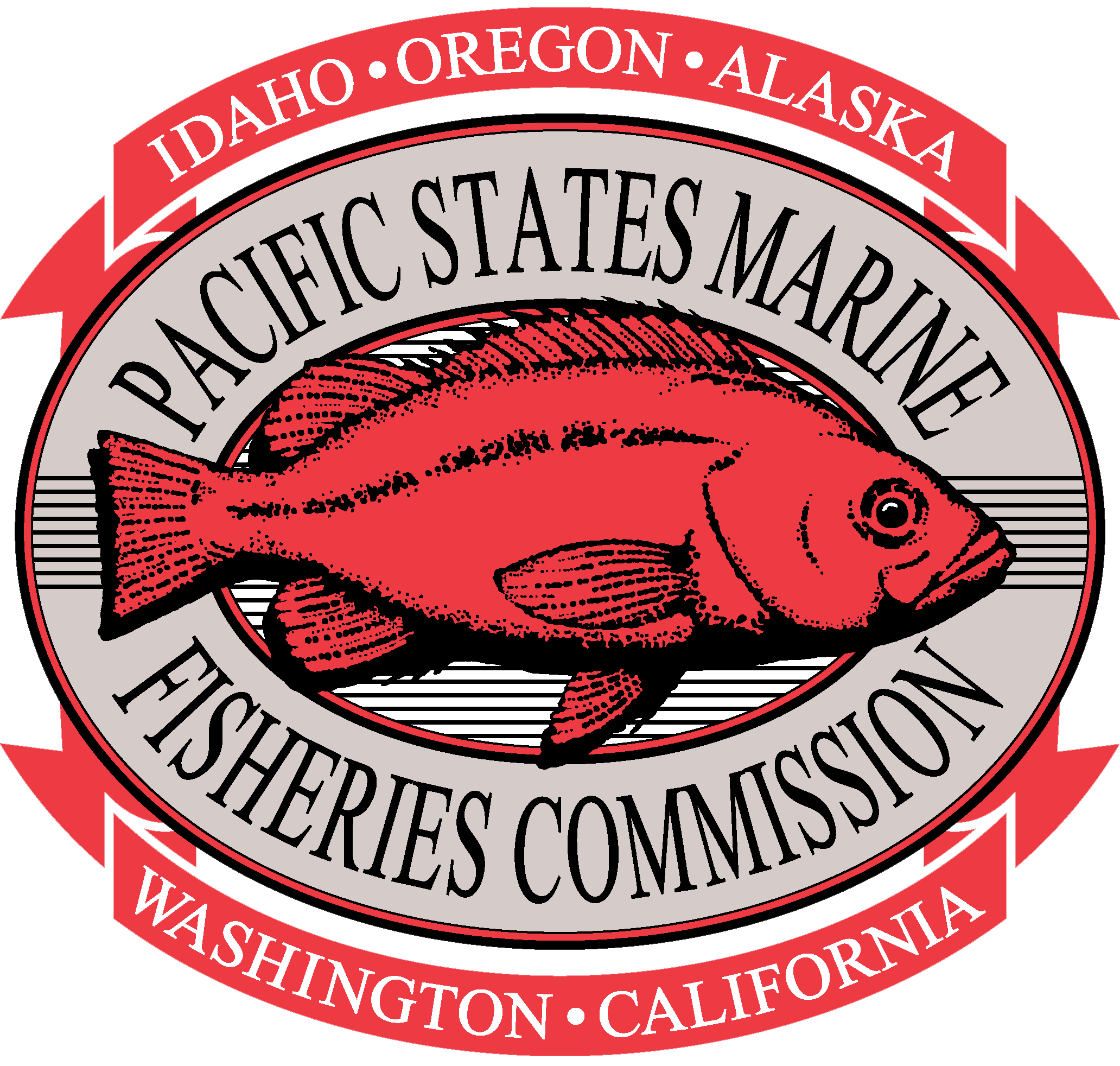
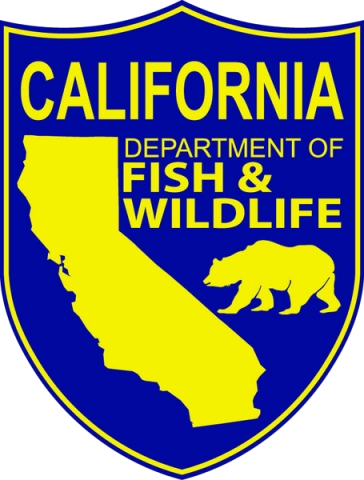
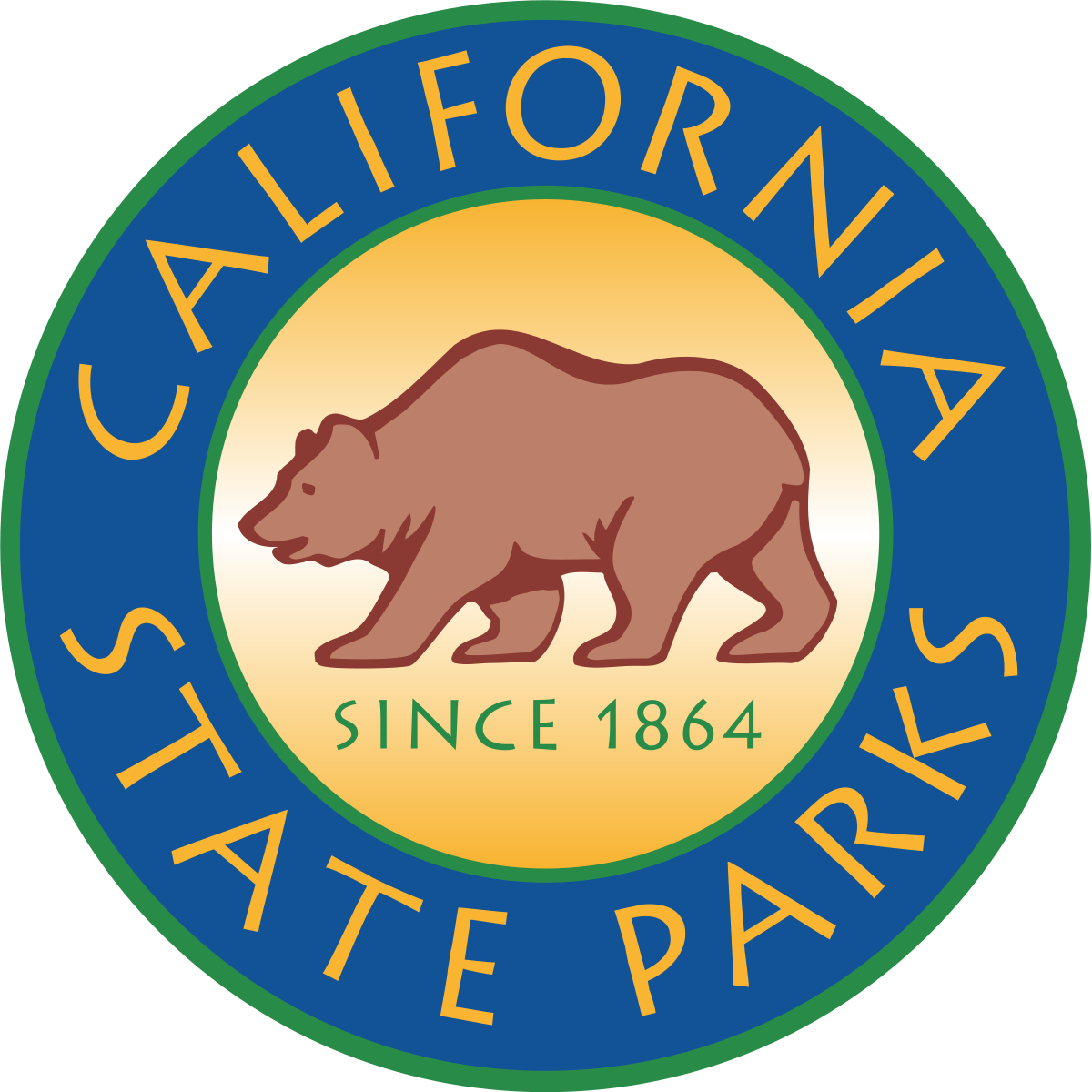
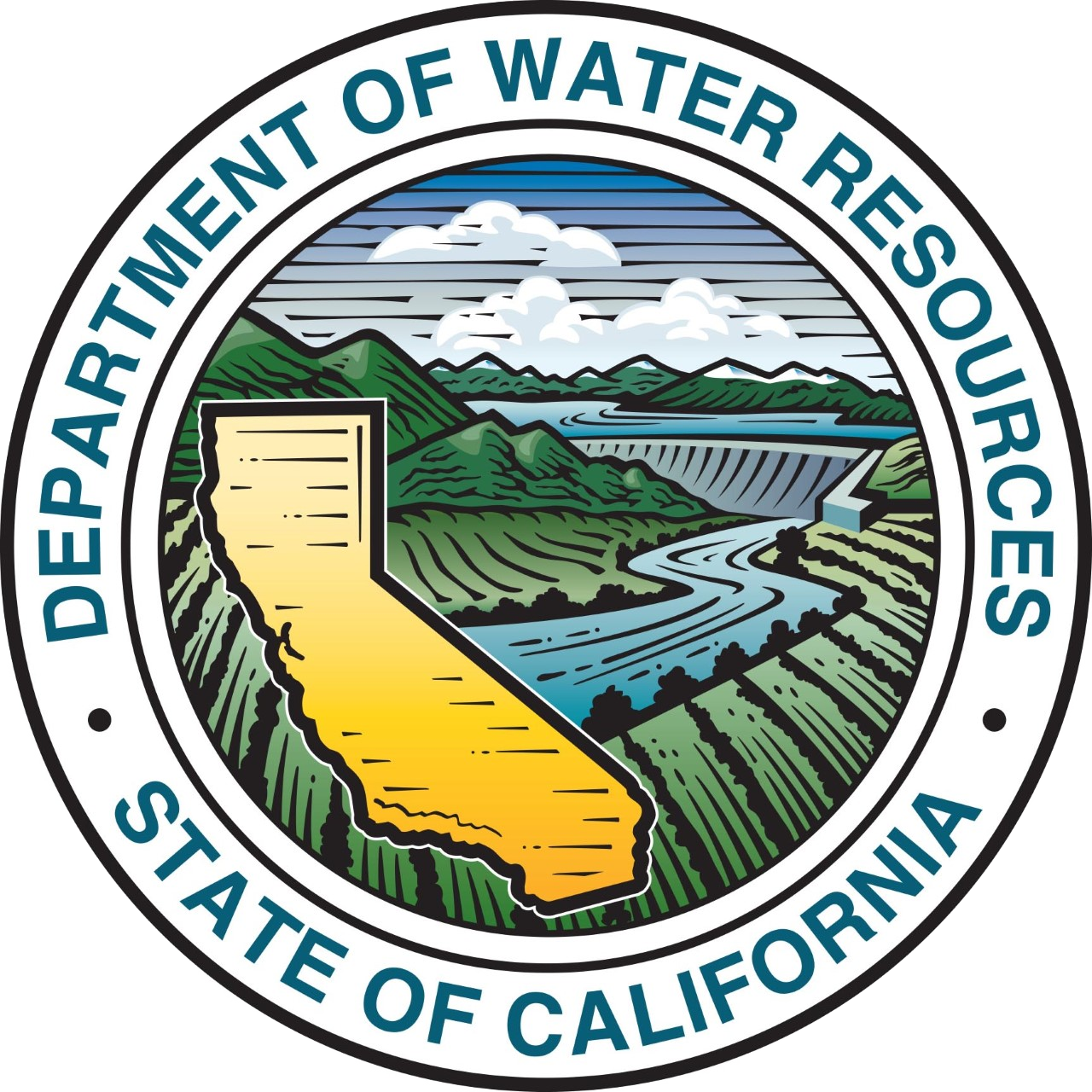
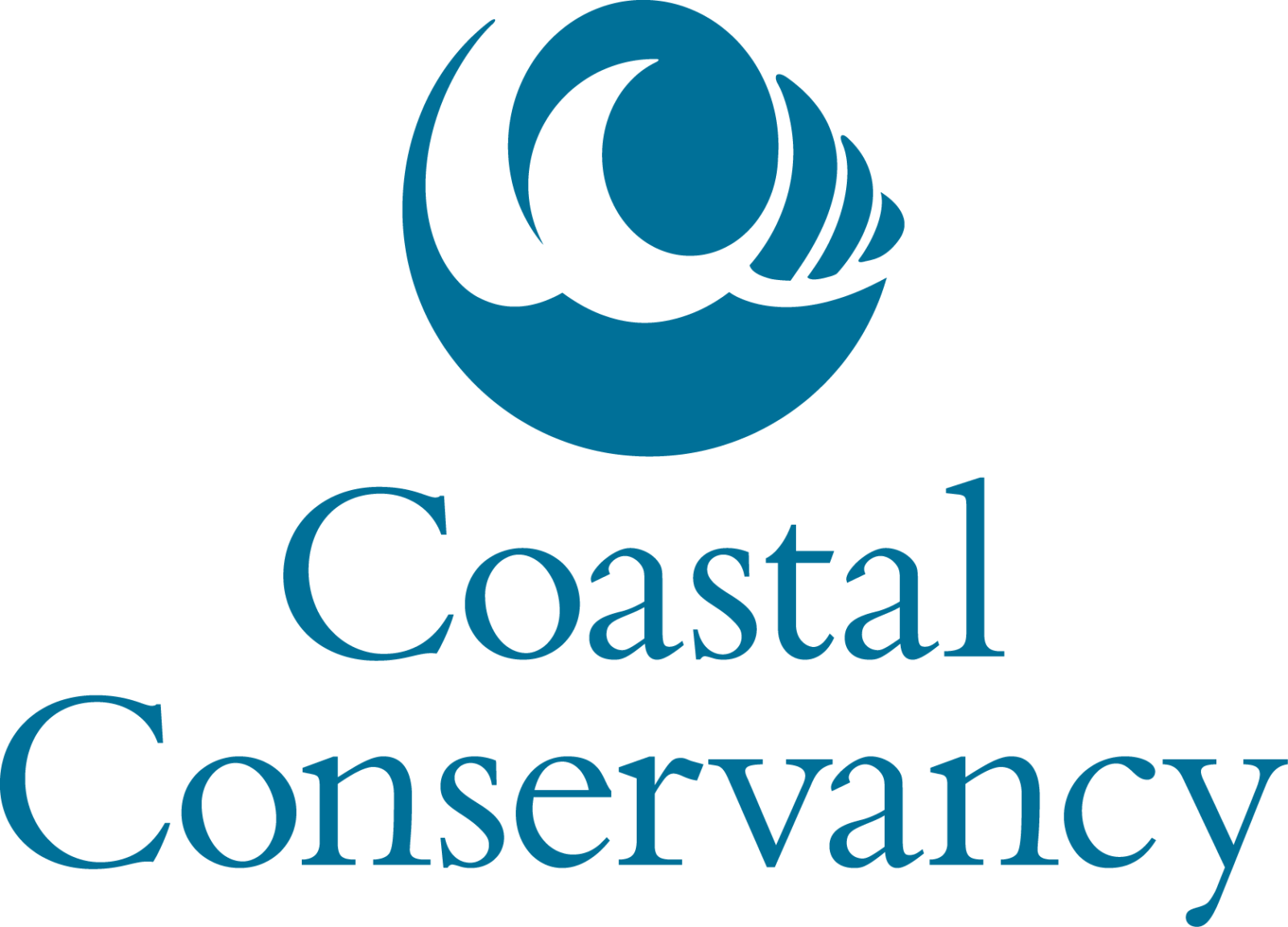
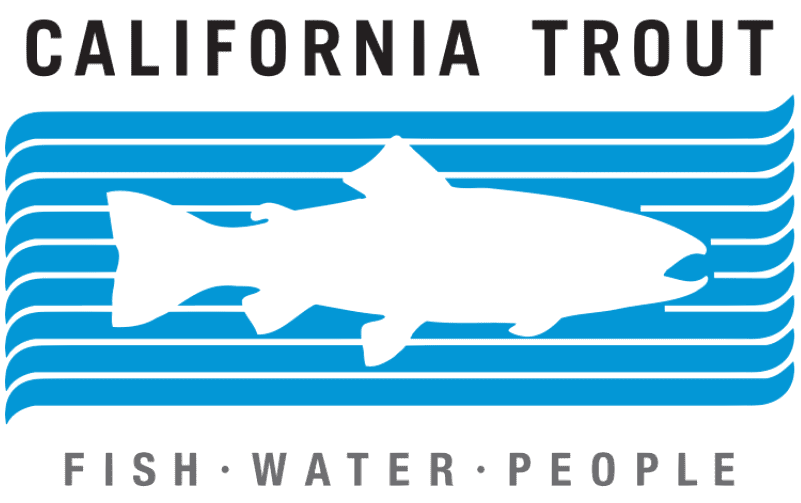
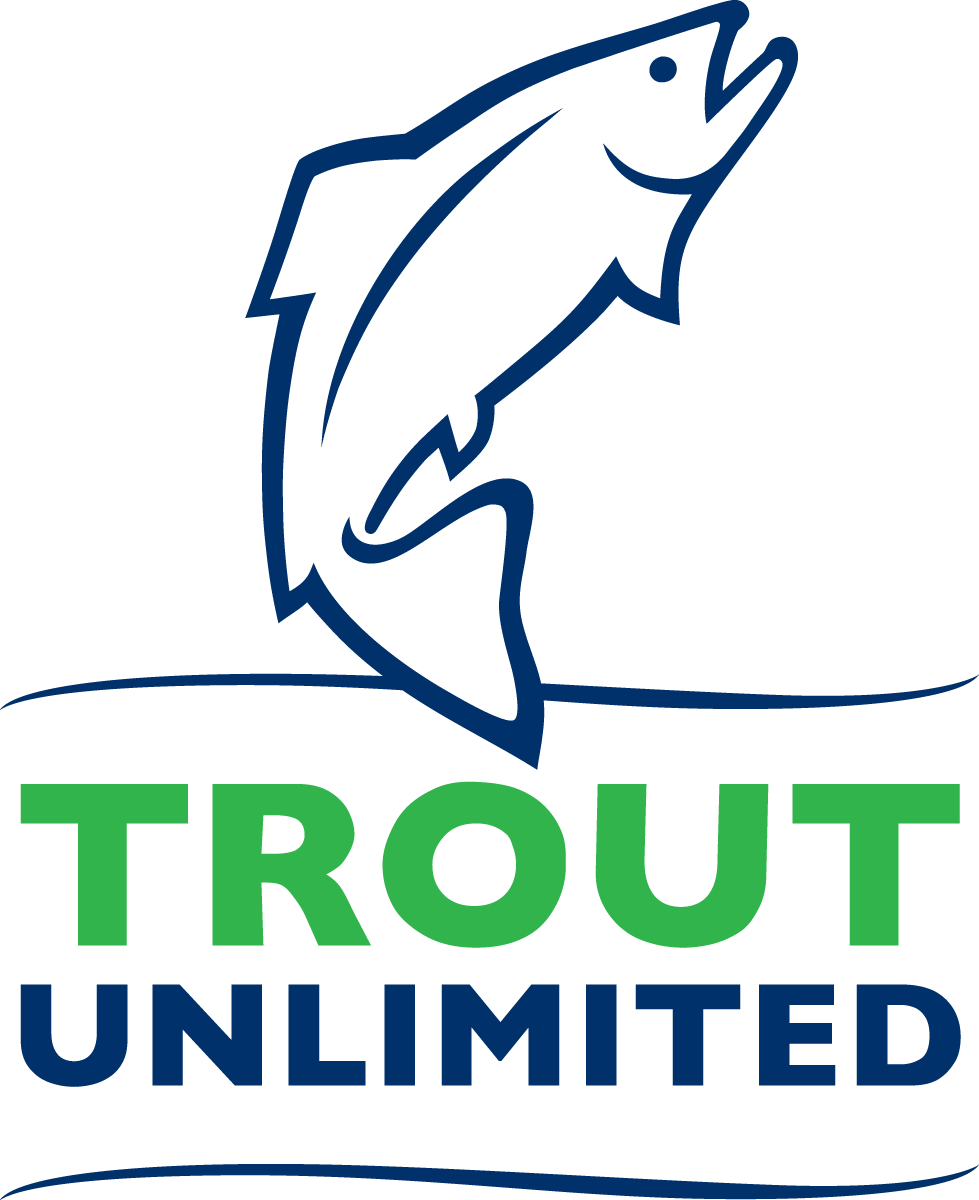

The California Fish Passage Forum is on of 20 nationally recognized Fish Habitat Partnerships under the umbrella of support of the National Fish Habitat Partnership (NFHP)
NFHPs mission is to protect, restore and enhance the nation’s fish and aquatic communities through partnerships that foster fish habitat conservation and improve the quality of life for the American people.
Learn more about the National Fish Habitat Partnership
Anadromous Fish Stressors
Man-made barriers to fish passage include road/stream crossings, irrigation diversions and dams. Passage impediments and delays in migration affect both adult and juvenile fish. Given the magnitude and severity of the problem, reconnecting isolated stream habitat has become an important priority in restoring anadromous fish populations. Common factors that adversely impact fish populations in California’s anadromous waters include:
-
changes in runoff patterns and water storage
-
land-use and natural resource extraction activities
-
spatial and temporal changes in connectivity
-
non-native species introductions
-
increased predator populations
-
commercial and recreational fishing
-
hatchery operations
-
natural environmental variations
Anadromous Fish Species Affected by Passage Barriers in California
California streams and rivers have historically been home to several native anadromous fish species. These include Chinook salmon, Coho salmon, Steelhead/rainbow trout, Coastal Cutthroat trout, Green sturgeon and White sturgeon, Pacific lamprey, Eulachon, and Threespine stickleback. Historically, anadromous fish passage efforts in California have focused on Chinook salmon, Coho salmon, and Steelhead. Pink salmon have only occurred rarely in California since the latter half of the 20th century. Chum salmon are slightly more common than pink salmon, but are still highly limited in California.





